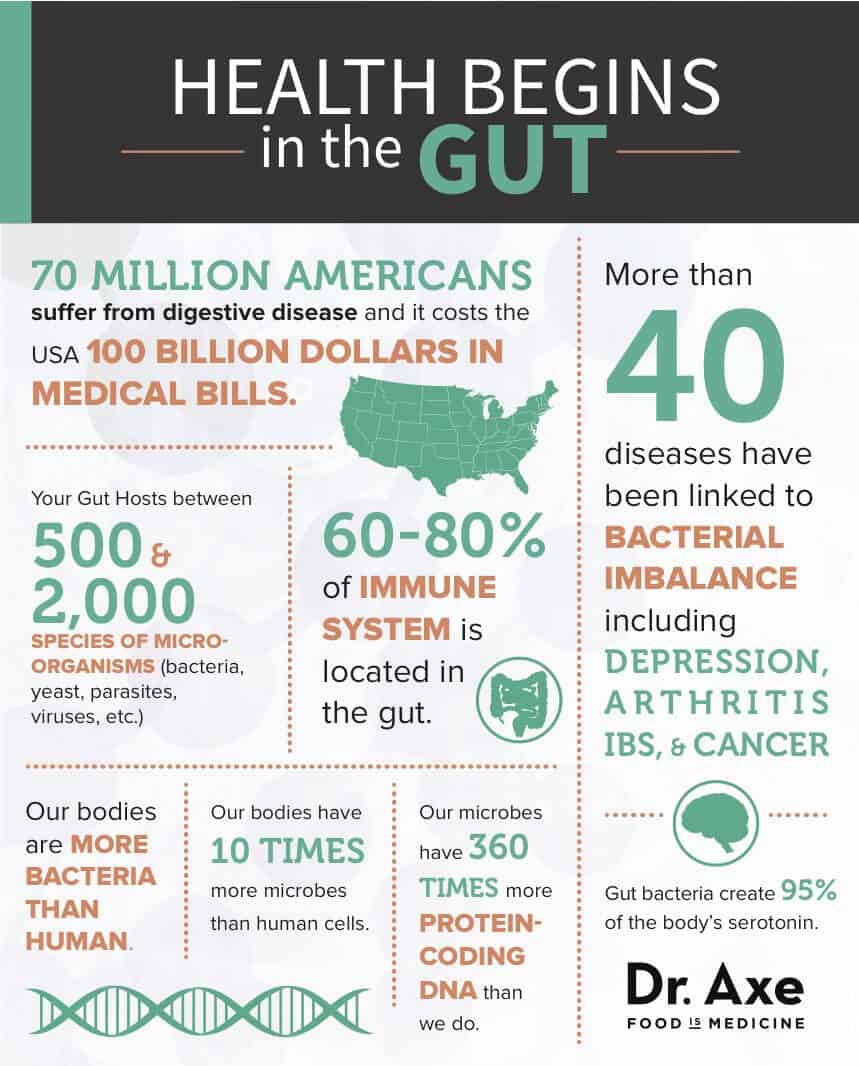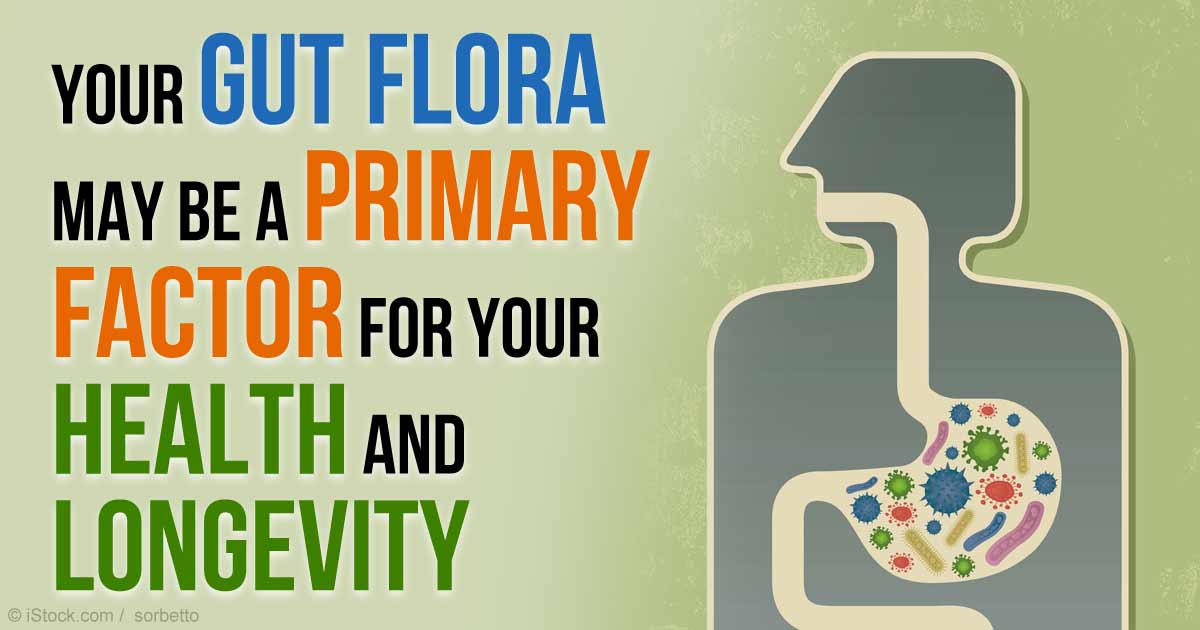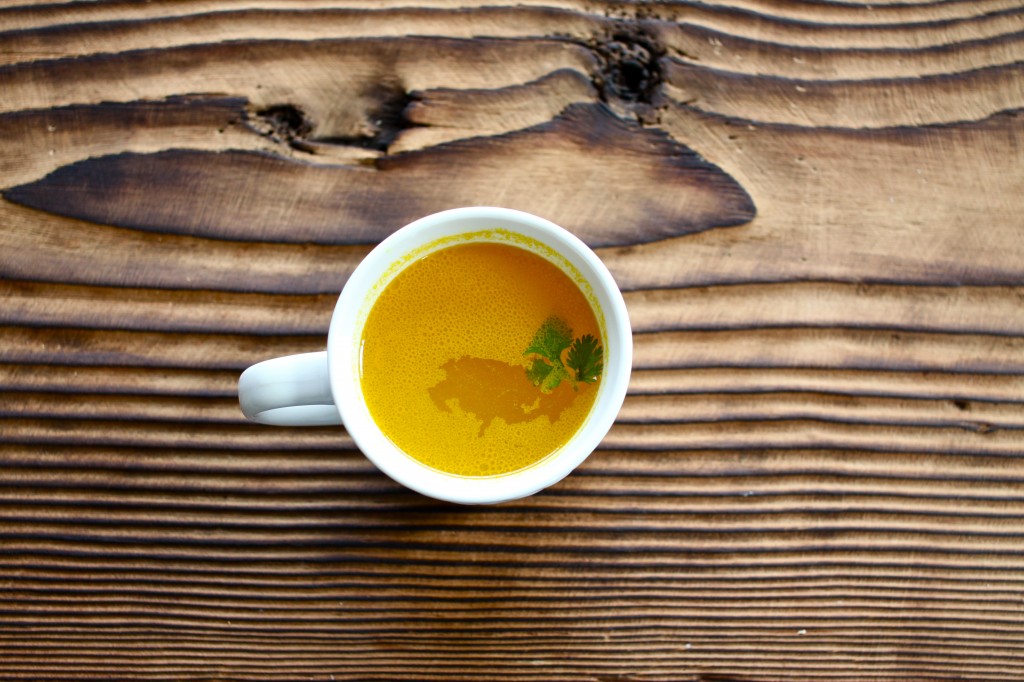Healthy Gut Series – Part 2
Good Morning Everyone!!
Here is Part 2 of The Healthy Gut Series!
Are you harming or healing your gut???
*Gut bacteria thrive on what you feed them!!!
Give them whole, fresh, real foods and good gut bacteria thrive. Feed them junk, and bad bugs flourish, resulting in leaky gut, toxic overload, and inflammation. Fat-regulating hormones like insulin become out of whack, leaving you craving more junk food.
The good news is that your microbiome changes with every bite of food, so you can positively alter gut flora beginning with your very next meal!
Even in a perfect world, our gut has a hard time keeping things balanced. But in our world there are many things that knock our digestive system off balance which can cause our immune systems to break down. Those include:
- A junk diet. Sugar and artificial sweeteners promote the growth of bad bacteria in the gut and restrict the growth of beneficial bacteria which disrupts gut flora balance, causes gut inflammation and oftentimes results in weight gain.
- Medication overuse. Anti-inflammatories, antibiotics, acid blocking drugs and steroids damage the gut or block normal digestive function. The key word is over use. I understand there are times when anti-inflammatories are necessary as well as antibiotics.
- Infections and gut imbalances. These include small intestinal bacterial overgrowth (SIBO), yeast overgrowth and parasites.
- Toxic overload. Including mercury and mold toxins.
- Inadequate digestive enzymes. Stress, acid-blocking medications and zinc deficiencies can all contribute to lack of adequate digestive enzyme function.
- Stress. Chronic stress alters your gut nervous system, creating a leaky gut and changing the normal bacteria in the gut.
The foundation of good gut health begins with what you eat. Focus on fiber-rich vegetables, lower-sugar fruits, fermented foods and bone broth. This will be explained in detail in email #7 and #8.
In the next email I’ll explain how you can reset your gut health with a cleanse.
For more information visit: http://ecowatch.com/2015/02/













